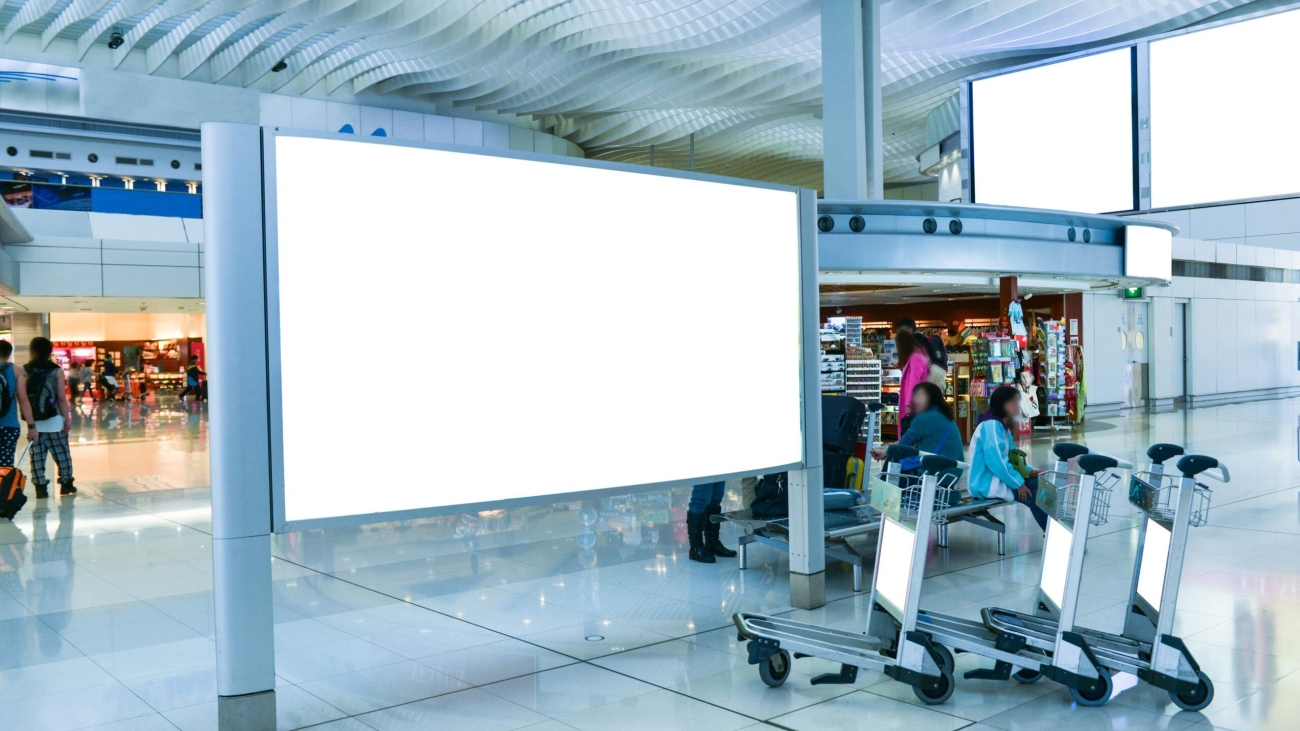
Digital Signage
- Digitos DM
- September 3, 2024
- 9 months ago
In the fast-paced world of advertising, staying ahead of the curve is essential. As consumers become increasingly immune to traditional forms of advertising, businesses must explore innovative ways to capture attention. Enter digital signage software—a modern, dynamic tool that’s transforming the advertising landscape. But what makes this technology so effective? And how is it reshaping the way brands communicate with their audiences?
The Power of Visual Communication
Why Visual Content Matters in Advertising
You’ve probably heard the saying, “A picture is worth a thousand words.” In advertising, this couldn’t be more accurate. Visual content has a unique ability to convey messages quickly and effectively, making it an invaluable asset for marketers. In fact, studies show that people process visual information 60,000 times faster than text, making digital signage a powerful medium for delivering impactful messages.
How Digital Signage Captures Attention
Digital signage takes visual communication to the next level. With vibrant displays, motion graphics, and real-time content updates, digital signage grabs attention in a way that static billboards or printed ads simply can’t. Whether it’s a flashy video wall in a shopping mall or an interactive kiosk in a corporate lobby, digital signage engages audiences with eye-catching visuals and dynamic content.
Key Features of Digital Signage Software
1. Content Management Systems (CMS)
At the heart of any digital signage setup is the Content Management System (CMS). This software allows businesses to manage, schedule, and display content across multiple screens, ensuring that the right message reaches the right audience at the right time. With a user-friendly interface, a CMS makes it easy to update content on the fly, keeping your advertising fresh and relevant.
2. Real-time Updates and Scheduling
One of the most significant advantages of digital signage software is the ability to make real-time updates. Whether you’re promoting a flash sale, announcing breaking news, or displaying social media feeds, digital signage lets you keep your content current and engaging. Plus, with advanced scheduling features, you can plan your content to run at specific times, ensuring maximum impact.
3. Integration with Social Media and Other Platforms
In today’s interconnected world, integration is key. Digital signage software can seamlessly connect with social media platforms, weather apps, news feeds, and more, allowing you to display a wide range of dynamic content. This integration not only enhances the user experience but also helps businesses keep their audience informed and entertained.
Types of Digital Signage
Indoor vs. Outdoor Signage
Digital signage comes in various forms, each suited to different environments. Indoor signage is perfect for malls, airports, and corporate offices, where controlled lighting and weather conditions allow for high-resolution displays. On the other hand, outdoor signage is designed to withstand harsh weather conditions while delivering bright, clear visuals that can be seen from a distance.
Interactive vs. Non-Interactive Displays
Interactive displays are becoming increasingly popular, offering a more engaging experience for users. These touch screens allow customers to browse products, get directions, or even place orders directly from the display. Non-interactive displays, while more traditional, still offer dynamic content that can be updated regularly to keep viewers engaged.
Video Walls and LED Screens
Video walls and LED screens are the giants of digital signage. These large, high-resolution displays are perfect for making a big impact in public spaces. Whether it’s a massive video wall in a stadium or an LED screen in Times Square, these displays deliver stunning visuals that are hard to ignore.
Benefits of Using Digital Signage Software
Enhanced Customer Engagement
Digital signage is not just about displaying content; it’s about engaging with your audience. With eye-catching visuals and interactive features, digital signage encourages customers to interact with your brand, leading to higher engagement rates and a more memorable experience.
Flexibility and Scalability
One of the standout features of digital signage software is its flexibility. Whether you’re a small business with a single screen or a large corporation with a global network of displays, digital signage can scale to meet your needs. Plus, with cloud-based solutions, managing multiple displays across different locations is easier than ever.
Cost-Effectiveness Compared to Traditional Advertising
While the initial investment in digital signage can be significant, the long-term benefits often outweigh the costs. Unlike traditional advertising methods that require frequent printing and distribution, digital signage allows you to update your content instantly, reducing ongoing expenses. Additionally, the ability to target specific audiences with tailored content can lead to a higher return on investment (ROI).
The Role of Analytics in Digital Signage
- Tracking Viewer Engagement: One of the biggest advantages of digital signage is the ability to track viewer engagement. With advanced analytics tools, businesses can monitor how audiences interact with their displays, providing valuable insights into what works and what doesn’t.
- Adjusting Content Based on Analytics: Once you have the data, you can use it to fine-tune your content. If a particular message isn’t resonating with your audience, you can adjust it in real-time to better meet their needs. This level of responsiveness ensures that your advertising remains effective and relevant.
- Measuring ROI: Digital signage software also makes it easier to measure ROI. By tracking metrics like viewer engagement, content effectiveness, and sales conversions, businesses can get a clear picture of how their digital signage campaigns are performing. This data-driven approach allows for more informed decision-making and better allocation of advertising budgets.
Emerging Trends in Digital Signage
The Rise of AI and Machine Learning
Artificial Intelligence (AI) and Machine Learning (ML) are set to revolutionize digital signage. By analyzing viewer data in real-time, AI can personalize content to match individual preferences, making advertising more targeted and effective.
Interactive and Touchscreen Displays
Interactive displays are becoming more sophisticated, with features like gesture recognition and voice control offering new ways for users to interact with content. These advancements are making digital signage more engaging and accessible to a broader audience.
Augmented Reality (AR) and Virtual Reality (VR)
AR and VR are also making their way into the digital signage space. These technologies allow businesses to create immersive experiences that captivate audiences and leave a lasting impression. Whether it’s a virtual try-on for clothing or an AR game in a shopping mall, these interactive experiences are pushing the boundaries of what’s possible with digital signage.
The Future of Digital Signage Software
Integration with IoT Devices
The Internet of Things (IoT) is opening up new possibilities for digital signage. By connecting displays to IoT devices, businesses can create smarter, more responsive advertising networks that adapt to changing conditions in real-time.
Personalization and Targeted Advertising
As digital signage becomes more data-driven, personalization will play an increasingly important role. By using data from customer interactions, businesses can deliver tailored content that resonates with individual viewers, increasing the effectiveness of their advertising.
Environmental Considerations and Sustainability
With growing concerns about environmental sustainability, the future of digital signage will also involve more eco-friendly practices. From energy-efficient displays to recycling programs for old hardware, the industry is moving towards a greener future.
Final Word
Digital signage software is undoubtedly a dynamic advertising tool that offers businesses a powerful way to engage with their audiences. With its ability to deliver eye-catching visuals, real-time content updates, and data-driven insights, digital signage is transforming the advertising landscape. As technology continues to evolve, digital signage will only become more sophisticated, offering even more opportunities for businesses to connect with their customers.






















